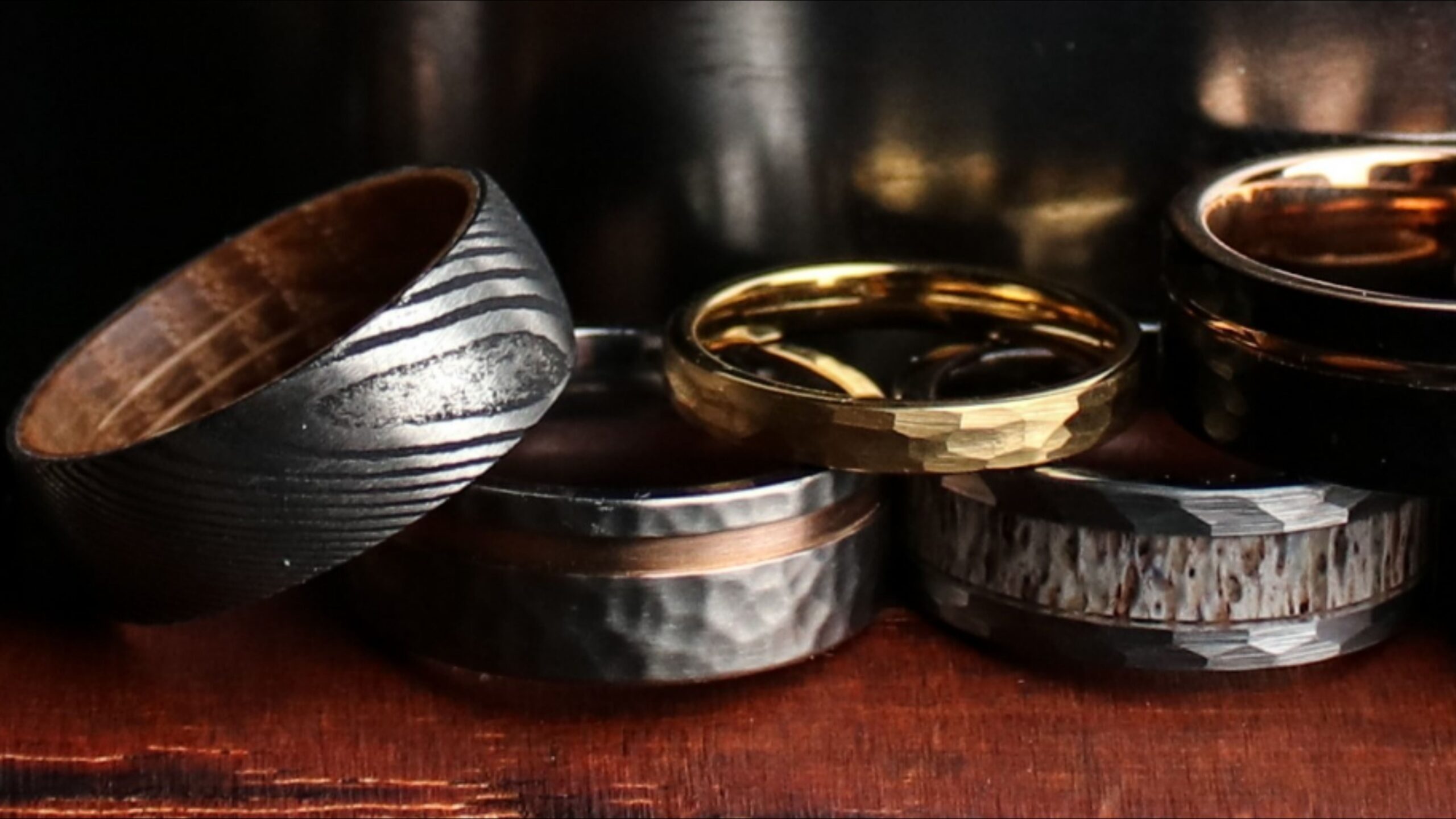Indoor Garden Maintenance Tips for Thriving Houseplants
Summary (Meta Tag): Learn essential indoor garden maintenance tips to keep your houseplants healthy and vibrant. Discover how to care for your indoor garden with proper watering, lighting, and soil management. Description (Meta Tag): Explore practical tips for maintaining a healthy indoor garden. From watering to pruning and pest control, learn how to care for your indoor plants to ensure they thrive year-round.

Introduction
Indoor gardens can bring life and vibrancy to your home, offering a tranquil space filled with lush greenery. However, maintaining an indoor garden requires specific care routines that differ from outdoor gardens. Plants growing indoors face challenges such as limited sunlight, dry air, and confined spaces. To help your houseplants flourish, proper indoor garden maintenance is essential. This article will provide you with practical tips to ensure your indoor garden thrives, from watering techniques to pest management and everything in between.
1. Proper Watering Techniques
Watering is one of the most crucial aspects of indoor garden maintenance. Too much or too little water can harm your plants, so it’s essential to get the balance right. Here’s how to optimize watering for indoor plants:
- Check Soil Moisture: Before watering, check if the soil is dry by sticking your finger into the soil about an inch deep. If it feels dry, it’s time to water. If it's still moist, wait another day or two.
- Water Deeply: Water the base of the plant thoroughly until the water starts draining from the bottom of the pot. This encourages the roots to grow deeper and stronger.
- Avoid Overwatering: Overwatering can lead to root rot and other issues. Ensure the pots have proper drainage, and always empty any excess water from the saucer after watering.
- Use Room Temperature Water: Cold or hot water can shock your plants. Use room temperature water to avoid stressing the plant.
By monitoring your plants' water needs and avoiding extremes, you can keep your indoor garden healthy.
2. Lighting for Indoor Plants
One of the main challenges of indoor gardening is ensuring your plants get enough light. While natural sunlight is the best source of light, many indoor spaces lack adequate sunlight, especially during the winter months. Here’s how to optimize light conditions:
- Know Your Plant’s Light Requirements: Different plants have different light needs. Some plants, like succulents, need direct sunlight, while others, like ferns, thrive in low to moderate light. Research your plants to provide the best lighting.
- Place Plants Near Windows: Position your plants near windows where they can get natural light. East- and south-facing windows are ideal for most plants.
- Use Grow Lights: If your space lacks natural light, consider investing in grow lights. These lights mimic natural sunlight and can provide the necessary light for indoor plants. Place them about 6–12 inches above the plants for optimal results.
Adjusting light conditions ensures your plants get the energy they need to grow strong and healthy.
3. Temperature and Humidity Control
Indoor plants often struggle with dry air, especially in winter when heating systems reduce humidity levels. To create the ideal environment for your plants, focus on maintaining consistent temperatures and humidity levels:
- Ideal Temperature Range: Most indoor plants thrive in temperatures between 60°F and 75°F (15°C to 24°C). Avoid placing plants near heaters, air conditioners, or drafty windows, as fluctuating temperatures can stress the plants.
- Increase Humidity: Many indoor plants, especially tropical ones, require higher humidity levels to thrive. To increase humidity, consider using a humidifier, placing plants together, or misting the leaves with water. Another option is placing plants on a tray filled with pebbles and water, ensuring the water doesn’t touch the pot’s base.
By managing temperature and humidity, you can create a comfortable and optimal environment for your indoor plants.
4. Pruning and Deadheading
Regular pruning and deadheading are crucial to maintaining the health and appearance of your indoor garden. These practices encourage new growth, remove dead or damaged parts, and keep your plants looking tidy. Here’s how to prune and deadhead effectively:
- Remove Dead or Yellowing Leaves: Regularly inspect your plants and remove any dead or yellowing leaves. This prevents disease and pests and helps the plant direct energy to healthier parts.
- Trim Spent Blooms: For flowering plants, deadheading is the process of removing faded flowers. This promotes new blooms and prevents the plant from wasting energy on producing seeds.
- Shape the Plant: Prune stems and branches to shape the plant and encourage bushier growth. For long vines or stems, trim them back to encourage lateral growth.
Pruning and deadheading help your plants stay healthy and aesthetically pleasing while promoting new growth.
5. Soil Maintenance and Repotting
Soil health plays a significant role in the overall health of your indoor garden. Over time, the soil can lose nutrients, become compacted, or become acidic, all of which can negatively affect your plants. Here’s how to maintain healthy soil and know when to repot your plants:
- Refresh Soil Nutrients: Adding compost or organic fertilizer periodically can help refresh the nutrients in your plant’s soil. This provides your plants with a slow-release source of nutrition.
- Repotting: Plants grow and outgrow their containers over time. If you notice roots growing out of the drainage holes or the plant’s growth has slowed, it may be time to repot. Choose a slightly larger pot and fresh, well-draining potting mix for the best results.
Regular soil maintenance and repotting ensure that your plants have the right nutrients and space to thrive.
6. Pest Management
Indoor plants are susceptible to pests such as spider mites, aphids, and mealybugs. Keeping your plants pest-free is essential for their health. Here are some ways to prevent and treat common indoor pests:
- Inspect Plants Regularly: Look for signs of pests, such as discolored leaves, webbing, or tiny insects. The earlier you spot a pest problem, the easier it is to manage.
- Use Natural Pest Control: If you notice pests, try using natural methods such as neem oil, insecticidal soap, or a mixture of water and dish soap to treat the affected areas.
- Isolate New Plants: When introducing new plants to your indoor garden, keep them isolated for a week or two to ensure they don’t bring pests into your home.
By staying vigilant and using eco-friendly methods, you can keep pests at bay and ensure your plants stay healthy.
7. Seasonal Maintenance
Indoor garden maintenance isn’t just about everyday care; it also involves adapting to the changing seasons. Seasonal tasks help you prepare your plants for various environmental factors:
- Winter Care: During colder months, make sure your plants are placed in areas with sufficient light. Increase humidity and reduce watering, as plants typically need less water during the winter.
- Spring and Summer Care: As temperatures warm up, increase watering frequency and monitor your plants more closely for pests. You may also need to rotate plants to ensure they receive even light exposure.
Adapting to the seasons ensures that your indoor plants thrive throughout the year, no matter the external conditions.
Conclusion
Indoor garden maintenance is essential for keeping your houseplants vibrant and healthy. By paying attention to watering, lighting, humidity, soil, and pest control, you can create the perfect environment for your plants to thrive. With these tips, you’ll be able to enjoy a flourishing indoor garden, full of life and beauty, all year round. Whether you’re new to indoor gardening or an experienced green thumb, taking the time to care for your plants will reward you with a stunning, healthy indoor garden.
What's Your Reaction?


















.jpg)
